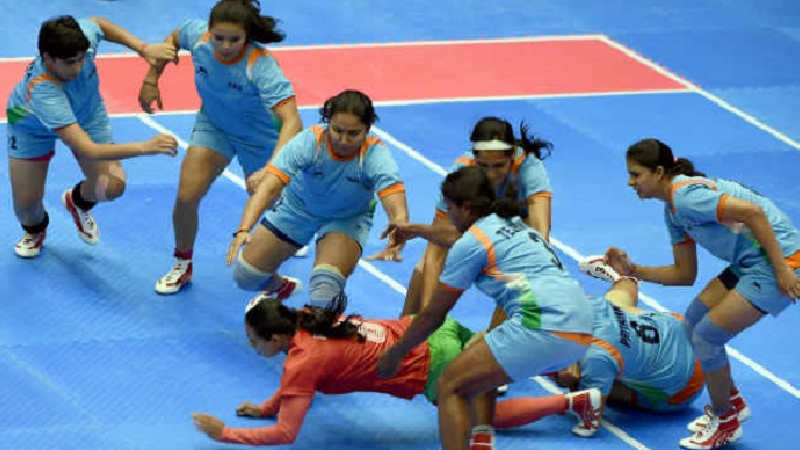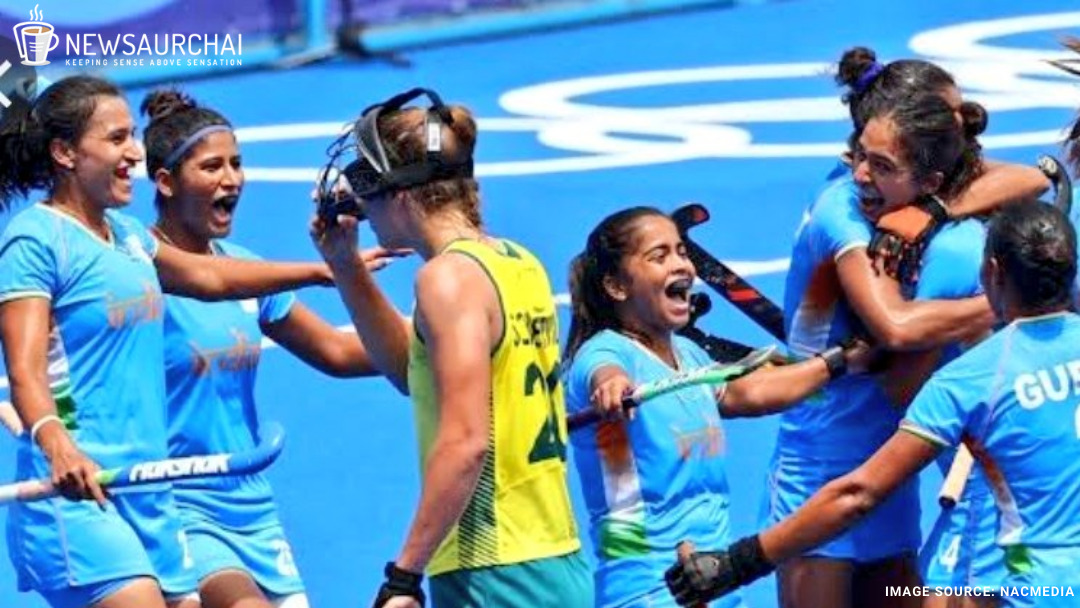Not just a Gentleman’s game

In school I was completely a non-athletic person.When joined college for my graduation, I was asked to pick any two sports out of a list of 12,” says Nilma Shah, recounting the days when she began a career in sports.
Surprised to see a woman’s college endorsing sports that she primarily considered male dominated, she went on to select two of the sports she was most familiar with- kabbadi and Cricket. “After that there was no looking back,” she says. Having adorned the roles of the wicket keeper of her college cricket team and opening bowler, kabbadi player and also, alternating between being the goal keeper and right extreme in football, she is tied to sports till this date but only administratively. Serving as an honorary secretary to the Tamil Nadu Sailing Association, she quit competitive sports due to her non- acceptance of the bureaucratic interference in sports.
This is not just the story of one woman, who could have secured a probable spot on the international Women’s Cricket team of India, but many others. The list of top notch sports women produced by our country who wreak havoc in the international arena is just a handful, as compared to the thousands of those who have spent a lot of their time in training all their lives for the sake of the sport they play and one day wish to represent the country.
Challenges endured
One of the primary challenges faced by women in carving a niche for themselves in the sports world isn’t competition with a fellow woman, but, acceptance and respect for the sports personalities they are by the society and the other gender.
“If I am where I am today, it is because of the support of my parents,” Says Asian Youth Games Gold medalist Gayathri Govindaraj. “From what I have seen of fellow athletes, they have to fight with their families to be able to pursue sports as a career,” she adds. Junior athlete Rochelle Macfarlene seconds Govindaraj’s perspective “My family is my biggest support in my sports career both financially and morally,” she says. “I have received very little support from the government, I really wish I get more support from the government,” she adds. But, not all are as fortunate as Govindaraj or Macfarleen. There are many who have to struggle at home to be able to pursue sports which is a discouragement to them.( with a lot discouragement?) “When you are a woman and want to take up sports as a career, the world does not always stand by you and you are not taken seriously,” says Gayathri. “As the girl of the house, the family expects a lot from you be it doing well in academics or in some cases, getting married and starting a family of your own,” she adds on how the families often compare their children with peers and expect the same results from them as their peers.
The lack of support from their own families itself acts as a hurdle for many, just like how many performing athletes have their families as their backbones to success.
But the hitches do not end here, in cases where an athlete displays notable performance, there is little or negligent exclusive government support for them.
“There aren’t any exclusive facilities for women athletes but there are facilities for men and women athletes separately,” says Govindaraj.
Also, the available facilities are not sufficient for the athletes. “The infrastructure for women in India is not up to the mark, there are a very few sports hostels and they too do not have adequate safety precautions for women,” says Macfarlane.
The training given for athletes suffices to compete in state and national games, but, when it comes to international games, the level of competition is much tougher than it already is.
One of the fundamental reasons for women not being able to win medals in games like the Olympics is the genetic build of Indian women according to Govindaraj. “One does not meet tough competition in the Asian games or games that are exclusive for Asian countries as all Asian women are alike,” she says. “The real challenge and tough competition is in games like the commonwealth and the Olympics where we meet athletes who have been undergoing rigorous training since a very young age and have been preparing for the event for years together,” she adds. Not only are these competitors rigorously trained, they are more athletically toned than their Asian Counterparts due to the genetic history they carry, hence making it difficult for Indians to be able to outperform them with the meager training and scanty government support.
However, the government does extend substantial support to women’s cricket and hockey teams.
“The Indian women’s cricket team does get the necessary facilities and support from the government, almost as equal as the men’s team,” says Shah. But then again, there are cases of negligence of the government like the Indian Women’s Ice Hockey team that resorted to crowdsourcing the funds for the participation in the International Ice hockey Federation’s Challenge cup of Asia that happened in Thailand. But, they created history with not just the crowd funding, but by also registering their first international win in Bangkok. Sadly, this win was lost in the hype that surrounded the ongoing India vs. Australia Cricket Test Series.
Apart from the problems that are exclusive to sports women, these athletes also have to pull through the other commonly faced problems by the men like political and bureaucratic intervention.
“Partiality, doping, age frauds, are some of the difficulties among many others that I faced in reaching where I am today,” Macfarlane adds.
The problems are endless, varying with every sport that women venture into and vast in the range from family support to government recognition. But, there is always room for change and that should begin with treating women athletes equally as their male counterparts. “I wish the other gender to trust and respect our ability in playing the sport as good as them,” says Shah, and Macfarlane seconds her, Govindaraj feels that there is a lot more scope for improvement and education should not act as a hindrance to the pursuing of any sport, not just by women, but everyone and if this couples with adequate accessible training, Indian women athletes would begin in leaving a trail in history.





